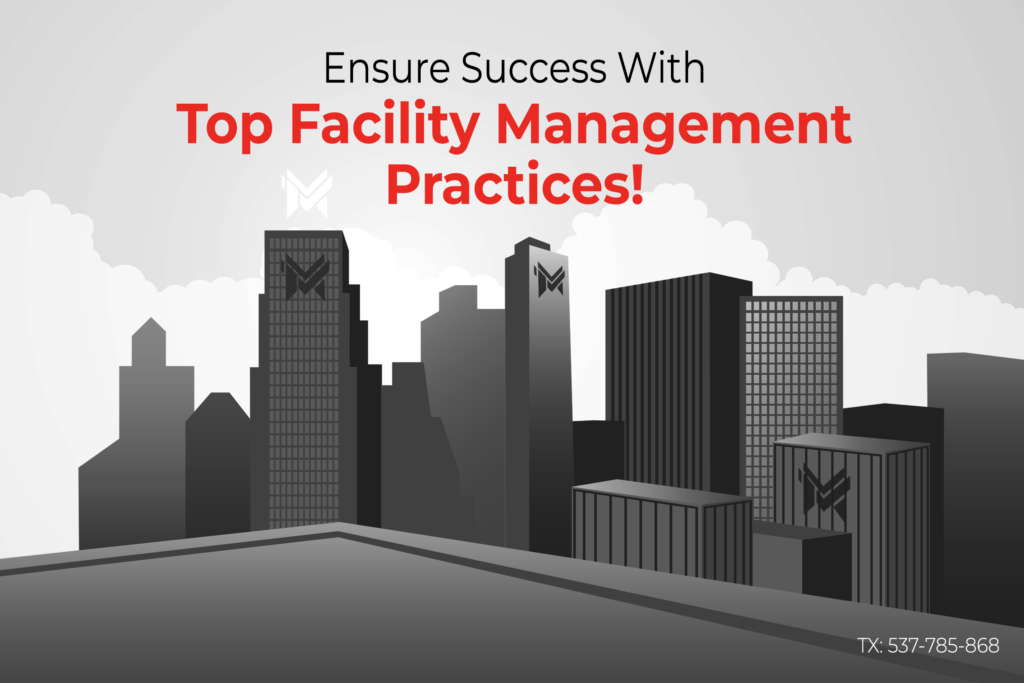Introduction
Facilities management is a crucial component of ensuring a productive and comfortable work environment.
Whether you’re overseeing a corporate office, a manufacturing plant, or a healthcare facility, the effective management of your physical space directly impacts the well-being and efficiency of your employees.
In this article, we will explore facilities management best practices Through the experience of MAKANAK that are designed to create and maintain a conducive work environment.
1. Facilities Management Defined
Facilities management encompasses a range of disciplines to ensure functionality, comfort, safety, and efficiency of the built environment. It involves the integration of people, places, processes, and technology.
This holistic approach helps organizations achieve their goals by enhancing the quality of workspaces and the productivity of the people within them.
2. Facility Maintenance and Optimization
Effective facilities management begins with regular maintenance. This includes routine inspections, repairs, and upgrades.
A well-maintained facility not only extends its lifespan but also minimizes downtime due to unexpected breakdowns. Moreover, it ensures that the environment is safe and compliant with regulations.
Facility optimization is another key aspect. It involves space planning to ensure that the layout is efficient, employees have the resources they need, and energy consumption is minimized.
Smart technologies, like building automation systems, can play a significant role in optimizing facilities.
3. Workplace Productivity
A conducive work environment promotes productivity, facilities managers must consider factors such as lighting, temperature, noise control, and ergonomics. Natural lighting, for instance, has been shown to improve employee well-being and concentration.
Proper temperature control ensures comfort, and noise reduction measures like acoustic panels create a quieter, less distracting space.
Elevate Your Workplace Standards with Makanak Facility Management Solutions.
4. Efficiency and Sustainability
Efficiency is a fundamental goal of facilities management. This extends to resource utilization, energy efficiency, and waste reduction. Implementing sustainable practices not only reduces an organization’s environmental footprint but can also lead to cost savings.
Renewable energy sources, waste recycling programs, and water-saving initiatives all fall within the purview of facilities management.
5. Safety and Compliance
Ensuring the safety of occupants is paramount. Facilities managers need to be well-versed in safety regulations and guidelines applicable to their industry.
Regular safety audits, emergency preparedness plans, and training programs are essential components of this best practice.
6. Technology Integration
Technology plays a pivotal role in modern facilities management. The Internet of Things (IoT) allows for real-time monitoring and data collection from various systems within a facility.
This data can be used to make informed decisions, predict maintenance needs, and optimize resource allocation. An integrated Computerized Maintenance Management System (CMMS) streamlines work orders, asset management, and reporting.
7. Flexibility and Adaptability
Facilities managers must also consider the adaptability of their spaces.
The COVID-19 pandemic, for example, forced many organizations to rethink office layouts to accommodate social distancing.
Flexibility in design and furnishings allows for easy reconfiguration to meet changing needs.
8. Lifecycle Planning
Effective facilities management extends beyond day-to-day operations. It includes long-term planning for the lifecycle of assets.
This involves budgeting for repairs and replacements, ensuring that facilities remain up to date and aligned with the organization’s strategic goals.
Conclusion
Facilities management is a multidimensional discipline that plays a pivotal role in creating and maintaining a conducive work environment. By embracing best practices in facility maintenance, optimization, productivity enhancement, sustainability, safety, technology integration, flexibility, and lifecycle planning, organizations can ensure that their physical spaces align with their business objectives.
By focusing on these best practices, facilities managers can elevate the functionality and efficiency of their spaces, providing employees with a comfortable, safe, and productive environment in which to thrive.
This concludes our exploration of facilities management best practices.
As you embark on your facilities management journey, remember that a well-managed facility is not just a place of work; it’s an enabler of success.
Join the Revolution in Facility Management – Choose Makanak Today.



